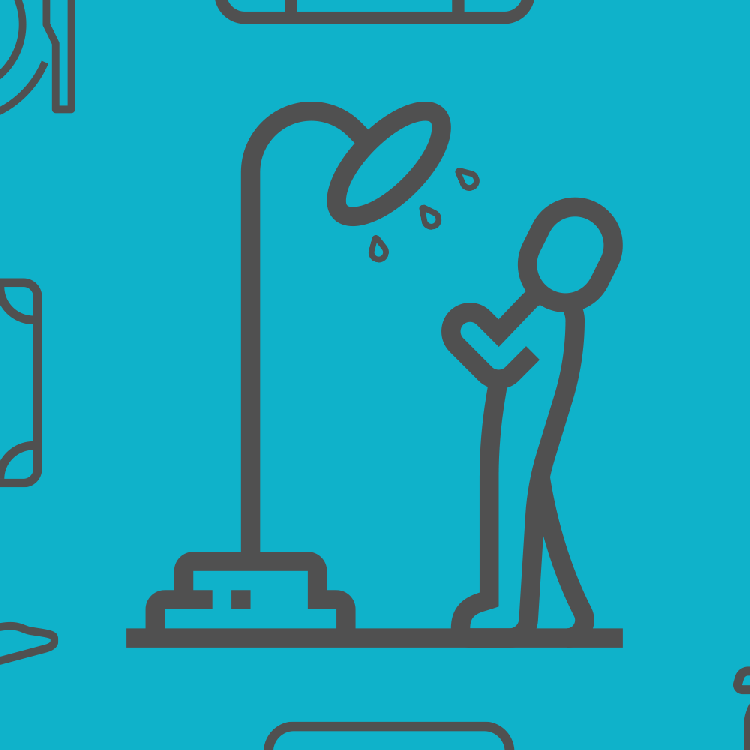The first, and most valuable, tidbit of avalanche-related advice? Do not get caught in an avalanche.
Obvious? Sure, but it’s worth noting that to date, there have been zero reported avalanche-related deaths among the population of people who have never been caught in an avalanche.
That said, for the avid winter-sportsman, the risk of getting mixed up in a snow slide might not be quite as farfetched. So, with that in mind, we went ahead and spoke to Don Triplat — the executive director of the Sierra Avalanche Center in Lake Tahoe — to get his expert advice on what you should do when “don’t get caught in an avalanche” is no longer an available option. “Once you’re in an avalanche, there’s nothing you can do,” Triplat tells us. “You’re in a washing machine.”
That said, there are a few ways to improve your odds of surviving a slide. Chief among them: a backcountry partner with three essential tools and a good, strong back for digging you out from under 2,000 pounds of snow.
Below are Triplat’s five tips for staying safe.
1. Get the Forecast
Google “avalanche forecast” and you’ll get a report rating risk from “low to “extreme,” courtesy of local avalanche centers, which is published every morning at 7 a.m. Most fatalities occur when the risk level is “moderate” or “considerable.” Says Triplat: “You think, ‘I can get out there, it still looks good.’” Then you don’t. Stick to “low” risk conditions.
2. Know Your Conditions
“Avalanches need unstable snow, terrain and a trigger. There are five red flags for avalanche hazards [i.e., conditions that lead to unstable snow], and most are usually present when an avalanche occurs: recent avalanche activity, new snow, high winds, snow pack collapse and rapid warming.”
3. Understand Your Terrain
Avalanches require steep terrain, occurring most frequently on slopes between 30 and 35 degrees. “If the forecast is bad, stay on 10- or 15-degree slopes,” Triplat advises. Even if it’s boring.
4. Don’t Be a Trigger
“Nine out of 10 avalanche victims triggered their own avalanches. I understand the elusive draw of powder; one of the best experiences we have is skiing fresh powder. But you have to be smart.” Don’t be an instigator.
5. Go With a Partner, and Be Prepared
Both you and your partner should carry three essentials: a beacon, a shovel and a probe. Or “Oh-shit tools,” as Triplat refers to them. “Once you’ve made a series of mistakes that resulted in your partner getting buried in an avalanche, you’ll pull out your beacon and set it to search mode. Your beacon leads you to where your partner is buried — mine gets as close as .2 meters. Then you take out the probe — you’re shoving a three-meter-long aluminum shaft in the snow until you hit them. And then you start digging.”
For more travel news, tips and inspo, sign up for InsideHook's weekly travel newsletter, The Journey.

















